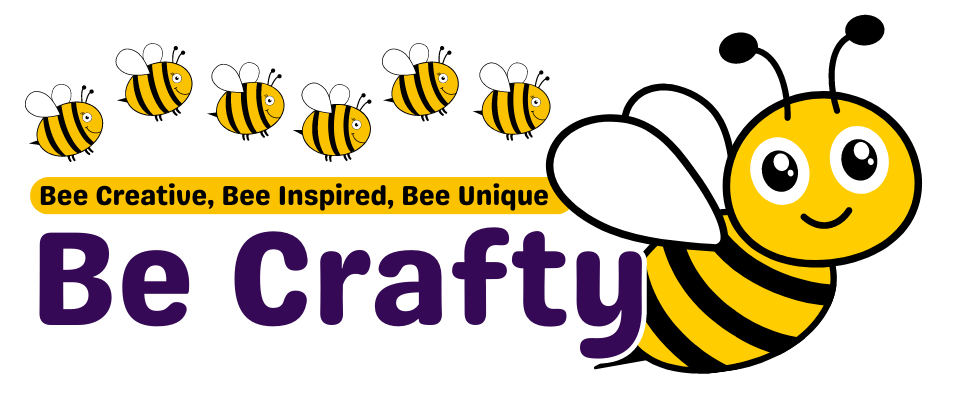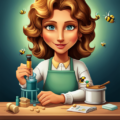Dry brushing is a painting technique that can add depth and texture to your craft projects. This technique is often used in home decor crafts, DIY projects, and even in fine art. Dry brushing can be a little tricky to master at first, but with a little practice, you can add this technique to your crafting repertoire.
Dry brushing involves applying paint to a brush, removing most of it on a paper towel or a rag, and then lightly dragging the brush across the surface of your project. The goal is to have so little paint on the brush that it only catches the raised areas of the surface, leaving the recesses untouched. This can create an interesting texture and highlight the details of your craft project.
To start dry brushing, you will need a few basic supplies. You’ll need paint in your chosen color, a flat or round brush with stiff bristles, and a paper towel or rag for removing excess paint. You may also want to have a palette or mixing tray for holding your paint.
Before you begin dry brushing, make sure that your craft project is clean and dry. If you’re working on a piece of furniture or other large item, you may want to sand it first to create a smoother surface.
Next, dip your brush into the paint. You don’t need a lot of paint for this technique – just enough to cover the tips of the bristles. Then, wipe off most of the paint on your paper towel or rag. Your brush should be almost dry to the touch.
Now you’re ready to start dry brushing! Lightly drag your brush across the surface of your project. The key here is to use very light pressure. If you press too hard, you’ll end up applying too much paint and losing the dry brush effect.
You can build up layers of color by repeating this process several times. Let each layer dry before adding the next one. This will give your project more depth and dimension.
One of the great things about dry brushing is that it’s very forgiving. If you make a mistake or aren’t happy with how it’s looking, you can simply paint over it and start again.
Dry brushing can be used on a variety of surfaces including wood, canvas, metal, and even fabric. It’s also an excellent technique for aging or distressing items because it gives them a worn, weathered look.
In addition to single color dry brushing, you can also try using multiple colors for added depth and interest. Start with your darkest color first and add lighter colors on top.
Remember, practice makes perfect when it comes to dry brushing. Don’t be discouraged if your first few attempts don’t turn out exactly as you’d hoped. With time and patience, you’ll soon be able to create beautiful projects with this versatile painting technique.
So there you have it – an introduction to dry brushing! Why not give it a try on your next craft project? You might just find that it’s your new favorite painting technique!

